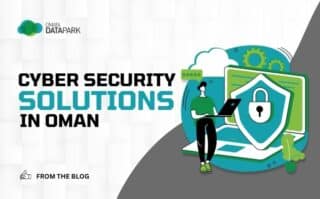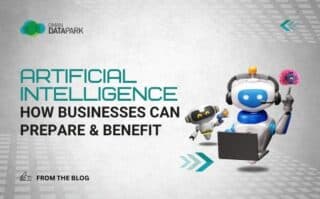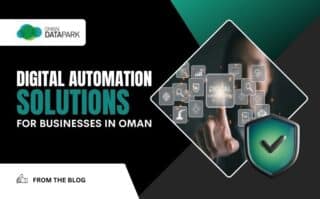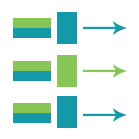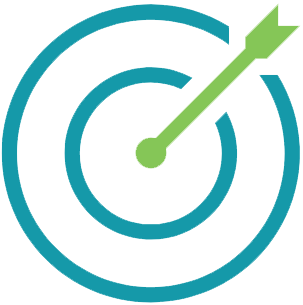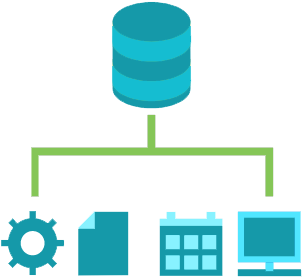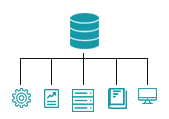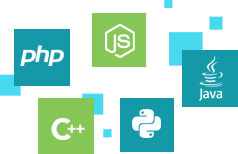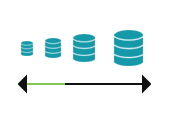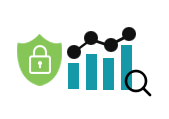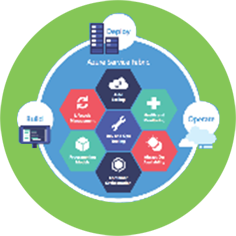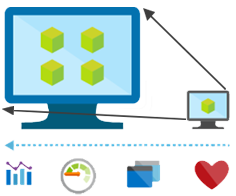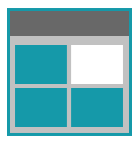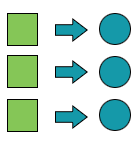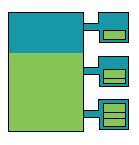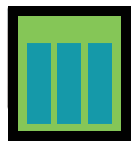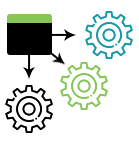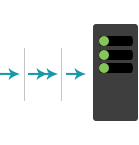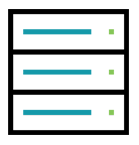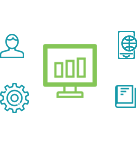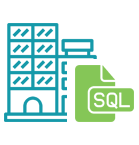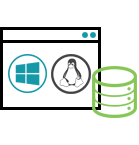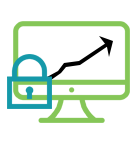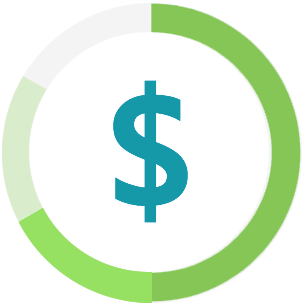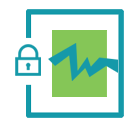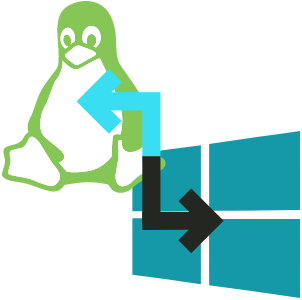March 1, 2021

Until just a couple of years ago, before high speed internet was readily available on the go and “cloud computing” had yet to become mainstream, software licensing and deployment options were relatively limited to on-site servers, independent machines, or a reputable third party. At the time “The Cloud” was a poorly understood concept and businesses were hesitant to trust the technology with their sensitive customer and business data.
Now however, times have drastically changed. With the ready availability of high-speed wireless data connections practically across the entire globe, we are more connected than ever before. The majority of companies the world over have already moved a part or all of their business to the cloud or have cloud strategies in place to do so in the near future. This is not without good reason. Cloud computing in nearly every industry, helps boost efficiency and reduce costs, while also offering the business greater levels of flexibility, mobility, and collaboration. Given its advantages, it was only a matter of time before software deployment and licensing was also handled via the cloud, or more precisely, software being offered as a service via the cloud – a strategy that has begun to be adopted in earnest across practically every industry.
What is SaaS?
Software-as-a-service, or SaaS for short, is a cloud-based service where software is licensed and delivered by a third-party vendor to a client over the Internet via a web browser. With SaaS the client no longer needs to download the software and install, run, and update it on a desktop PC or business network. This also removed the need for any complex software and hardware management within the company since SaaS operates almost entirely via a web browser.

The SaaS applications themselves are run on the SaaS provider’s own servers and licensed to customers on a subscription basis where prices are generally decided based on type and level of service, the applications themselves, and the number of users. Software updates, security, performance, and maintenance are all taken care off by the vendor itself.
SaaS offers customers a variety of other advantages as well, such as lower upfront costs, better market reach, accessibility, and more, which we will touch upon in greater detail shortly.
However, SaaS, given its online cloud-based nature, does come with a few caveats. For one, you would ordinarily require an internet connection for any SaaS-based software to function. Given the ready availability of broadband and high-speed phone networks across the globe, this is far less of an issue than it may initially seem. Furthermore, some SaaS-based software even offer an offline mode with limited functionality if needed. The only other real issue is perhaps not being able to access the software due to any server downtime. Nearly all vendors, however, have well-established safeguards in place for just such a situation, rendering this as pretty much a non-issue in the majority of cases.
The History of SaaS
The roots of SaaS can be dated all the way back to the 1960s with time-sharing and utility computing services offered by IBM and other mainframe providers via their worldwide data centers. However, with the emergence of the Internet in the 1990s brought about a new class of centralized computing called Application Service Providers (ASP). SaaS is effectively an evolution of ASP and came about as the demand for centralized computing grew.
The first SaaS companies emerged in the late 1990s with the founding of NetSuite in 1998, followed by Salesforce.com a year later. However, it wasn’t until Salesforce’s “The End of Software” campaign in 2000 and Concur’s resistance to floppy disk and CD-ROM production, that SaaS really started to pick up in popularity.
In spite of this, the new cloud-based technology faced a number of hurdles it had to overcome before it would be readily accepted and adopted by the masses. The most significant of which was security and trust. Companies were rightfully terrified of having their corporate and customer data residing offsite at a vendor’s data center. Furthermore, due to technology restrictions at the time, early SaaS applications offered limited levels of functionality and also suffered from issues with speed and latency. Over the course of the last decade however, advancements in technology and data security have resulted in most top-tier SaaS providers offering better supporting infrastructure and security than most of their customers could in their own data centers. While at the same time, the rise in broadband internet connectivity has all but eliminated any issues concerning speed and latency. SaaS applications have also evolved to become extremely flexible and customizable, allowing them to be tailored to fit a range of budgets and use cases covering most, if not all, industries.
Cloud Computing and SaaS – What’s the difference?
You often notice Cloud computing and SaaS, among other terminologies, used together when evaluating different technology options to run your business. While they are very closely related, the difference lies in the way you interact with and use each technology.

Technically speaking, cloud computing is nothing more than the on-demand availability of computer system resources like servers, storage, databases, networking, and more, to users over the internet. This also goes for cloud-based software, which is effectively software you can access and use over the internet whenever and wherever you are, so long as you have a device with a web browser and wired or wireless internet access. Such software is hosted on a vendor’s servers where you pay to rent space, which you can later scale as needed. With cloud-based software such as these, you are effectively responsible for maintaining whatever applications you run.
SaaS, on the other hand, is fully developed cloud-based software that is hosted by the vendor itself and licensed to the user, on a monthly subscription basis, allowing them to access it via the internet. In the case of SaaS, the vendor is the one responsible for the security, performance, and maintenance of the application. So, generally speaking all SaaS applications are cloud-based software but not vice versa.
The Benefits of SaaS
As we had mentioned earlier, SaaS offers businesses a number of advantages. Here is how your business can benefit from the implementation of SaaS Applications into your business:
Accessibility
By far one of the key advantages of any SaaS Application is the fact that they run within a browser. As a result, they are not dependent on any one specific OS (Operating System) or type of device. As long as the user uses a device with a browser and internet connectivity, they can access and use the application. This includes everything from desktop PCs and laptops to mobile devices. Moreover, most SaaS applications are even designed to be used on either type of device. This makes SaaS applications incredibly versatile.
Updates
Unlike on-site applications or regular cloud-based software, SaaS applications are run on the cloud by the vendor itself. As a result, the users need not worry about patching, updating, or testing the software themselves. This is done centrally by the vendor itself without needing to adversely affect business operations for its users.
Hardware and Savings

Another major advantage of SaaS is the near complete lack of initial investment needed to actually use it. Unlike on-premises software, SaaS application are not dependent on device-specific hardware and software configurations, servers, or network switches to function. As a result, even the smallest business can now have access to applications that previously only large enterprises could afford. This also means that smaller businesses get access to services that would not normally be within their reach. This helps them not only expand the scope of the business and open new opportunities but also helps them improve business services and productivity.
Moreover, SaaS applications are near infinitely scalable by simply adding or removing users to the service and adjusting the billing plan accordingly. Making their pricing incredibly flexible.
Another often overlooked source of savings is hardware upgrades. With the rapid rate at which technology is advancing today, the risk of hardware obsolescence is very real. With these applications running online via the cloud, there is little need for consistent hardware upgrades. In fact, SaaS could all but eliminate the need for any hardware upgrades whatsoever, beyond end-of-life replacements of course.
Speed of Implementation
As a result of its lack of dependency on user-side hardware, SaaS applications don’t have a lead time required for the delivery and preparation of hardware and the installation and testing of software. They can be used pretty much immediately on most internet-ready devices. This not only leads to faster implementation of the software across the business but also allows for rapid expansion when adding new departments or outlets for your business.
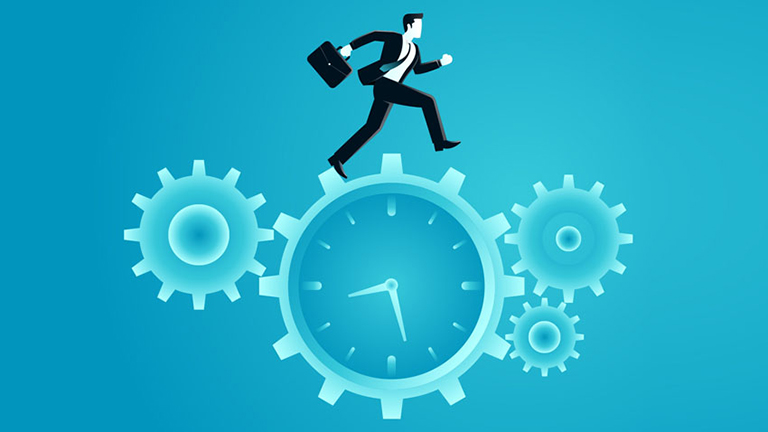
Lower Start-up Costs
On-premise software deployments rely on independent licenses for software used to run your business. These licenses could be issued for a company as a whole, specific computers, or number of users. Regardless of the type of license issued, the cost is almost always required to be paid up-front. But it doesn’t end there. There will be ongoing recurring maintenance costs as well as additional costs for expansion and modules in most cases. And this is before you even factor in the hardware costs required to implement and use the software.
SaaS, on the other hand, requires none of this. Since it is delivered as a service, it is also paid for as a service. As such, there is no need for any up-front payment of any sort and instead of paying for the software license, you just subscribe to it. As mentioned earlier, all maintenance is carried out by the vendor and maintenance costs are already included within the subscription fee.
Storage and Data Security
In the past, convincing businesses of the security of their data centers was a major hurdle for cloud service providers. However, as technology advanced so did the level of security provided by data centers increase. In fact, nowadays most top-tier data centers can offer a level of security that almost no business, aside from the world’s largest enterprises, can even match. Moreover, these data centers have significant safeguards in place to protect your data, even in the event of severe hardware crashes, that would otherwise cause the significant loss of data. Better still, since data worked on in a SaaS application is saved in the cloud anyway, users can freely switch between devices without having to worry about losing data or requiring to manually transfer it.
Data and Analytics
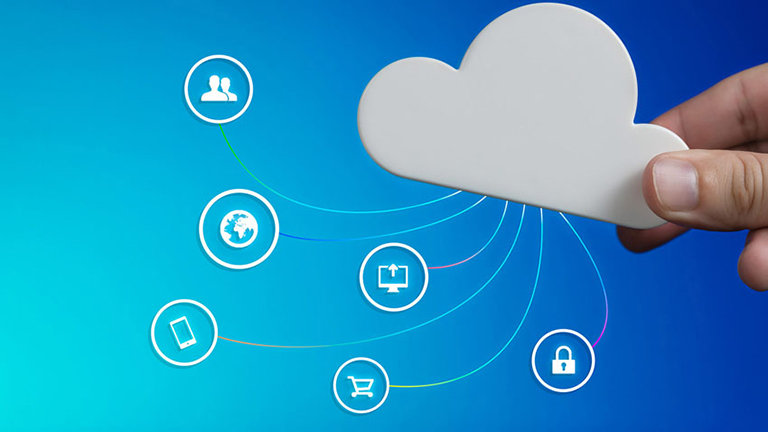
Given that data processed through a SaaS applications pass through a single centralized platform, capturing this data is incredibly easy. This data can then be easily analyzed to provide you with invaluable insights into your business and its operations.
What do all these advantages eventually mean for your business?
Faster innovation cycles and greater opportunities, that what.

It is a known fact that companies that can deliver innovation to their customers at a faster rate than their competitors have a distinct advantage. This is by far one of the greatest advantages that SaaS can provide a company. And this has got mostly to do with the speed at which SaaS applications can implement any required upgrades.
As we mentioned earlier, software deployed via the on-premise model could take months and at significant cost and any company-specific customization can add years’ worth of more work on top. Furthermore, any major upgrades more often than not, match the initial implementation in terms of time, cost, and complexity. As a result, most customers relay such major upgrades as it can drastically affect their day-to-day business. This in turn drastically slows down their ability to take advantage of new innovations and capabilities that the software would have been otherwise able to provide.
With SaaS, however, the application is hosted and maintained server side at the vendor’s data center. This enables the software vendor itself to control the upgrade cycle of the software and the resulting implementation can be done with almost no disruption to the customer’s operations. Moreover, this drastically speeds up the implementation of updates as well as places all clients on the same update cycle, giving them access to any new features and functionality at the same time. This in turn empowers companies to speed up their own innovation cycles to capitalize on the added functionality, giving them a competitive advantage in the market.
ODP SaaS
In Oman, Oman Data Park is amongst your best choices for Software as a Service (SaaS), delivering fast, reliable, and secure apps to support your organization. For any business speed is critical and our SaaS solutions can be made ready to use in just a matter of minutes if required.
In addition, ODP offers users all of the aforementioned advantages of working with SaaS applications while also being backed by the proven capabilities of its Network Operations Center; which not only guarantees 99.9% uptime but also works 24/7 to detect, analyze, and eliminate threats before they can affect your business.
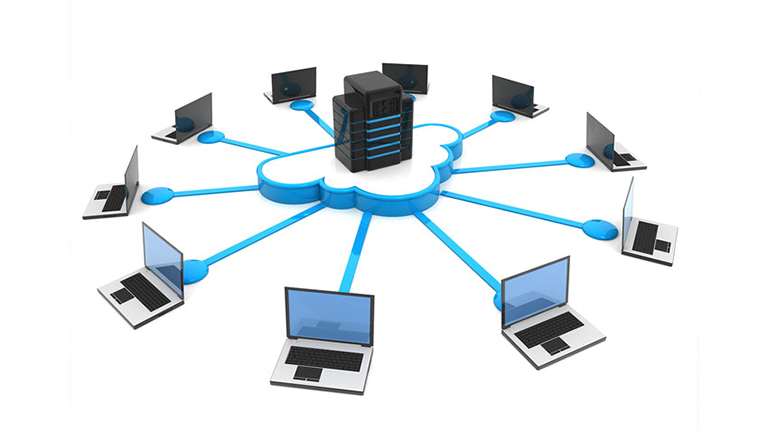
Moreover, ODP has a dedicated and highly qualified team that ensures your organization will always be working on the latest version of software with the most up-to-date security patches and consistent security guidelines.
ODP also has a broad range of applications and services it offers via SaaS. These include:
- Cloud File Sharepowered by FileCloud technology– a world class cloud collaboration platform
- E-Sign– Application that helps you to digitize your workflows with a paperless solution
- Hosted Exchange– which allows you to move your email to a hosted exchange with us to lower your costs and increase security
- Hosted SharePoint from Microsoft– allowing customers to hosting their Microsoft Sharepointat our TIA 942 Rating 3 certified Data Centers
- IMDAD Logistics Platform– a market leading last mile delivery management software
- JAGGAER ONE– acomplete SaaS-based Source to Pay eProcurement solution
- Microsoft 365 and Office 365– the world’s most-used desktop OS and productivity suite
- Odoo on ODP Cloud– Offering customer an opportunity to save money on their ERP Odoo software while achieving optimal performance for their Odoo apps by hosting with us
- Office Out Of The Box– Offering organizations in Oman all essential telecom and ICT services in one cost-effective package
- SAP Business One– Software that enables the integration of all your core business functions across your entire company into one unified solution
- Web Hosting– A secure, ready-to-go service for hosting your website
- Workspace as a Service (WaaS) – safe and secure Virtual Desktop Infrastructure
- Domain Registration– One of the fastest domain registration services in the country

